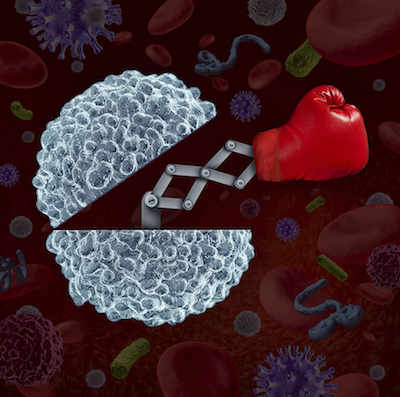
5 Tips for Winter Walking
The arrival of winter doesn’t mean it’s time to disappear onto the couch with blankets. We’ll leave the hibernation to the bears!
 What it does mean is that we have to find ways to remain active, because we know what a sedentary lifestyle can do to your physical and mental health. So whether you are going outside for some exercise, to run errands, or to go for a stroll, walking in the winter has its hazards.
What it does mean is that we have to find ways to remain active, because we know what a sedentary lifestyle can do to your physical and mental health. So whether you are going outside for some exercise, to run errands, or to go for a stroll, walking in the winter has its hazards.
Of course there are some precautions you can take before heading out, here are 5 tips to help you avoid hurting yourself on the ice or in the snow:
- Wear the correct footwear. Snow and ice are not conducive to fashionable footwear. In order to place your safety first, you should wear boots or shoes that are slip resistant. Look for boots made specifically for wearing in the snow, and for those with rubber soles and non-slip tread.
- Don’t compromise your steadiness or balance. Try to avoid carrying too many items at once, or awkward items that could cause you to lose your balance or footing. If your hands are full, this also prevents you from being able to break your fall if you do slip. It’s also a good idea to not walk with your hands in your pockets for this same reason.
- Be prepared. Keep your walkways free from snow, ice, and items you can trip over. Salt or cat litter on potentially slippery surfaces and stairs will help you to maintain a safe walkway.
- Be aware. We have all at some point been walking in the winter and slipped on ice we didn’t see. Being aware of your surroundings, and being aware of potential icy hazards will save you from a nasty fall. If pavement looks dark and shiny, it’s safe to assume it is icy. Avoid using your phone while walking as well, you’ll miss seeing ice and snow banks that could pose a hazard.
- Use supports. When available, use the handrails to keep yourself steady, and use the doorframe of your car to leverage yourself while getting in and out of your vehicle.
Weather Updates
Checking the weather updates before heading out will help you to determine the best course of action. Being aware of upcoming storms will help you remain prepared, and to make the necessary arrangements if you hire help to keep your walkways snow and ice free.
Regular Chiropractic Care
Remember to make your Chiropractic care a regular part of your winter regimen. Taking care of yourself can easily take a back seat to family responsibilities and other tasks, but you are only as good to others as you treat yourself.
Enjoy Yourself!
Winter isn’t all about hazards and safety, it’s also about enjoying some shopping, time with family, good food, travel, and winter sports. Winter is enjoyable and you should do what you can to remain active for your physical and mental wellness. And while all seasons require some safety tips, with the right preparation you can prevent injuries and make some great memories!
Give Your Immune System a Boost
 We’re deep into flu season, and with winter comes a weakened immune system. Our immune systems are so complex, and keeping it working at full force requires some extra TLC.
We’re deep into flu season, and with winter comes a weakened immune system. Our immune systems are so complex, and keeping it working at full force requires some extra TLC.
Eating well, reducing stress and getting the required sleep that your body needs is a sure way to keep it in top shape. Here are a few things you can do to keep your immune system working well over the next months.
Exercise Regularly
Exercise is known to keep our bodies fit and strong, but did you know that it also maintains a strong immune system?
Maintaining a healthy body weight, regulating your blood sugar and blood pressure, and keeping your digestive system working well are all sure ways to keep your immune system functioning. Regular exercise will also allow you to have a more restful sleep.
Get Enough Sleep
If you are a parent, you’ll remember telling your kids to “sleep it off” when they are ill. Having a rested body allows it to function well. When we don’t get enough sleep we are increasing stress to our bodies, depleting our mood, and compromising our immune system.
Don’t wait until you are already sick to power sleep either. Getting enough sleep regularly is what will allow you to be proactive.
Vitamin C
Vitamin C is an antioxidant that will help to strengthen your immune system and increase immunity. Foods like citrus fruits, dark green leafy vegetables like kale and spinach, and vitamin C supplements are a great way to get the antioxidant support you need.
Chiropractic Care
We are much more than your guide to a healthy musculoskeletal system. We are a part of your circle of care, and can also provide nutritional, fitness, and practical health support.
Get Enough Fluids
The air is much drier during the winter months, which means staying hydrated is something we should all be proactive with. Don’t wait until you are thirsty to reach for a glass of water, it’s just as important to remain on top of your hydration in the winter as it is during the hot summer.
Just as in the summer, it’s important to remember that sugary drinks will actually dehydrate your body.
Prepare Your Home
Aside from regular hand washing, wiping down door handles and light switches when cleaning is a great way to ensure you aren’t spreading germs.
Clean out the fridge and throw away stale or old foods, check expiry dates, and ensure it is stocked with fresh fruits and vegetables that are easy access for snacks.
We may not be able to avoid colds and flus entirely, but taking precautions and arming yourself with the knowledge to maintain a strong immune system will surely help to keep illnesses at bay.
The Role of Nutrition in Your Chiropractic Care
People often think that Chiropractic care is related only to the spine and adjustments. It’s important to note that when you come and see us, you have signed up for a holistic journey. Injuries and ailments come with their own set of individual requirements to heal properly and fully. Our goal as your Chiropractic team, is that you can complete care with the knowledge to not have an injury repeat itself and to be able to maintain a healthy balance in relation to your body’s individual needs.
How Much Do You Know?
Your job isn’t to be a nutrition expert, although this would never hurt. OUR role as Chiropractors is to educate you about how nutrition can be a catalyst to your healing, and to point you in the right direction within our own practice, or with a referral.
Proper nutrition is imperative to the health of your brain and musculoskeletal system. When an injury occurs, nutrition becomes even more important. If you are recovering from a muscular injury an increase in protein may help with the recovery process. With a spinal injury, you could be faced with restricted mobility – which makes caloric intake important. Weight gain caused by an inability to exercise will put added strain on your spine which can hinder healing.
Is my Chiropractor a Nutrition Expert?
Chiropractors receive training that is necessary to be able to provide you with the advice you need to ensure you receive the best Chiropractic care. It is mandatory for Chiropractors to take classes in physiology, nutrition, and biochemistry. In addition, training in whole body wellness and healthy lifestyles is a crucial component of our learning.
Foods That Heal
Yes, there are foods that can ramp up the healing process. Because your body will require more energy to digest foods that are processed or unhealthy, less energy is left to heal your injury.
Choose fresh fruits and vegetables, organic meats, unprocessed foods, WATER, and vitamins as a part of your everyday regimen. The goal here is to provide the most nutritionally dense, easy to digest, and delicious foods you can offer yourself.
Being open to dietary alterations can be frustrating for some – for others it’s a walk in the park. Either way, your body will love you for it – and you will be able to get back to your regularly scheduled activities sooner.
Ask us for specific recommendations on how simple changes in your diet can have a dramatic improvement in your health.
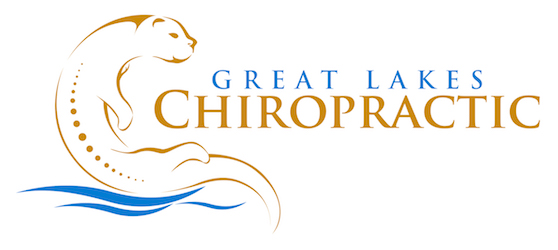


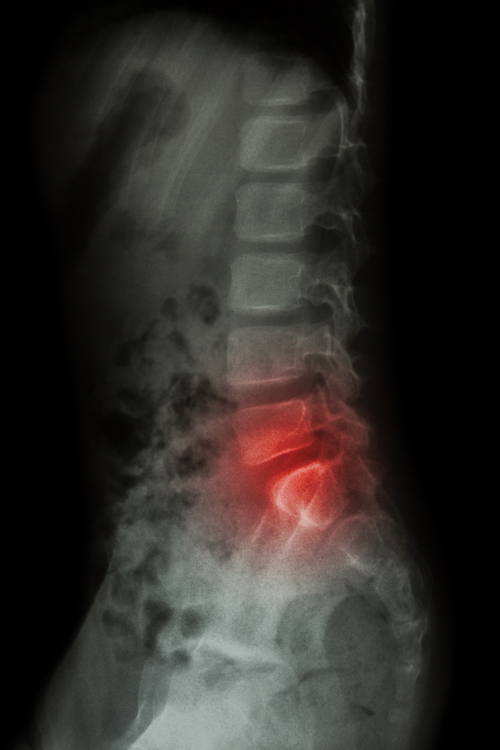 Spinal Stenosis is the narrowing of the spinal cord canal. Over time, this condition compresses the spinal nerves that lead to your back, and can cause leg pain, leg cramps, muscle spasms, leg weakness, numbness and tingling.
Spinal Stenosis is the narrowing of the spinal cord canal. Over time, this condition compresses the spinal nerves that lead to your back, and can cause leg pain, leg cramps, muscle spasms, leg weakness, numbness and tingling.
 Every day you should start with a high protein breakfast. Eggs, beans, lean meat, and green vegetables should do the trick. Packing snacks to go will help you avoid grabbing quick, unhealthy snacks while you’re out.
Every day you should start with a high protein breakfast. Eggs, beans, lean meat, and green vegetables should do the trick. Packing snacks to go will help you avoid grabbing quick, unhealthy snacks while you’re out.  Travelling by Plane
Travelling by Plane
 Foot trauma caused by an injury such as a fall, ill-fitting shoes, prolonged standing, and arthritis are all causes. Once the pain sets in, the afflicted person often changes their gait to avoid further pain – which brings on secondary issues like joint stress and misalignment.
Foot trauma caused by an injury such as a fall, ill-fitting shoes, prolonged standing, and arthritis are all causes. Once the pain sets in, the afflicted person often changes their gait to avoid further pain – which brings on secondary issues like joint stress and misalignment.
 Apple Picking/Pumpkin Hauling
Apple Picking/Pumpkin Hauling
 The way your heel wears is one of the first ways a Chiropractor can predict problems, along with necessary treatments. Normal wear patterns on the heels are typically gradual, even, and symmetrical.
The way your heel wears is one of the first ways a Chiropractor can predict problems, along with necessary treatments. Normal wear patterns on the heels are typically gradual, even, and symmetrical.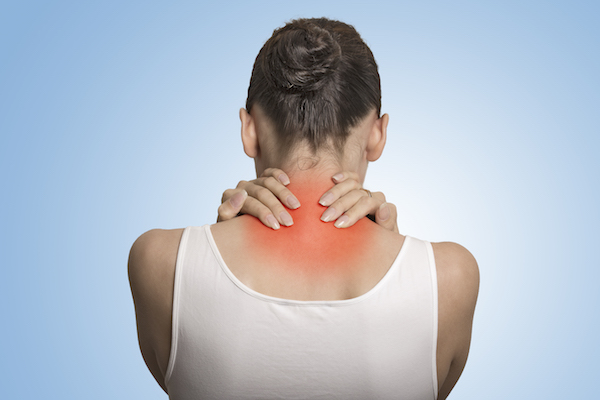 The good news is, we can help.
The good news is, we can help.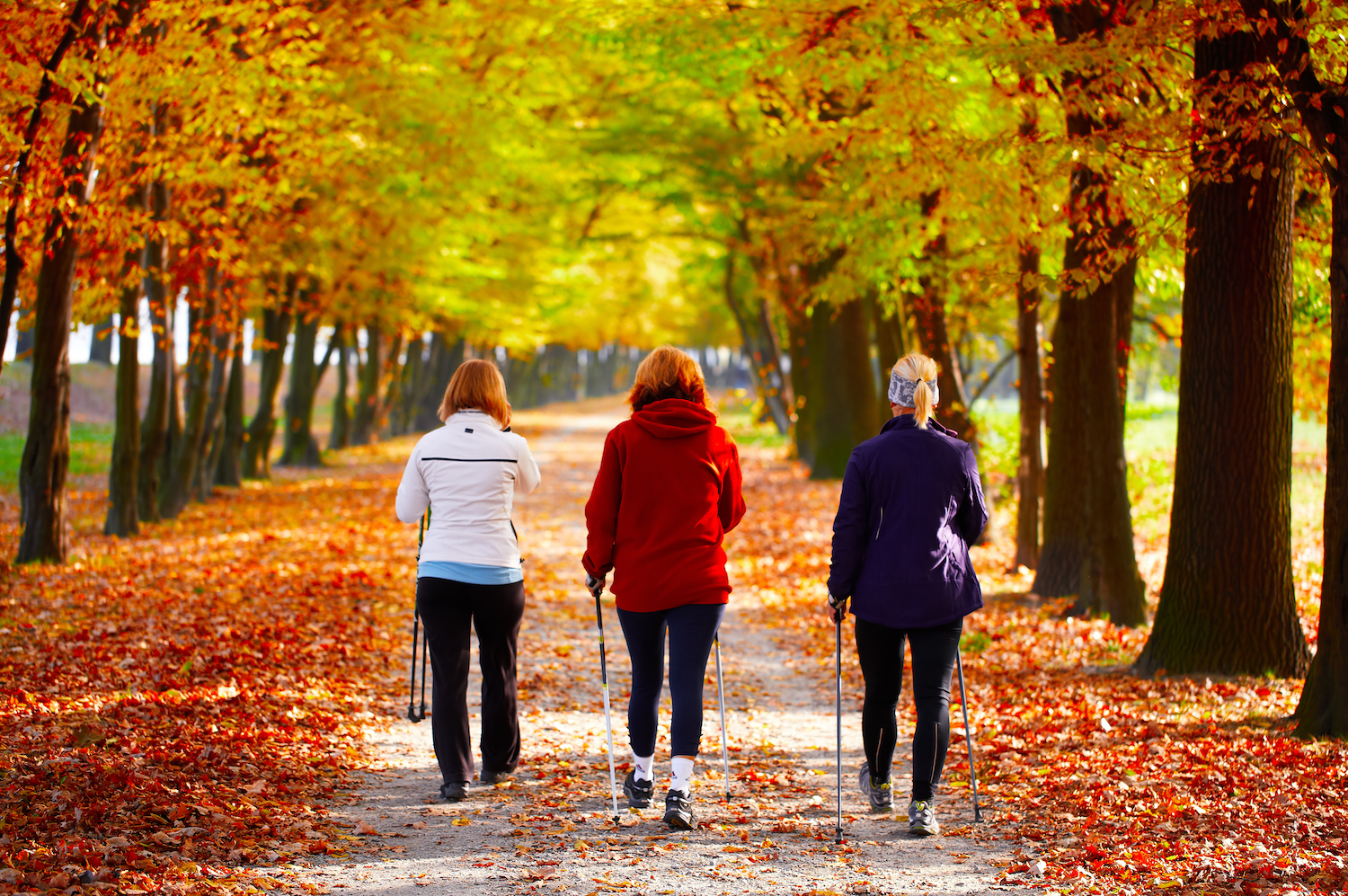 Walking improves flexibility and mobility. As you walk regularly, your muscles become stronger. When paired with light stretching, the added benefits to your circulation, flexibility, and mobility are increased. Walking is a perfect, low impact start to an exercise routine.
Walking improves flexibility and mobility. As you walk regularly, your muscles become stronger. When paired with light stretching, the added benefits to your circulation, flexibility, and mobility are increased. Walking is a perfect, low impact start to an exercise routine.
 Get that vitamin D! It only takes 15-20minutes of direct sunlight a day to optimize your vitamin D absorption. Vitamin D is something we lack in Canada because of the long cool seasons where we are covered up – cue seasonal affective disorders. So having and maintaining adequate levels of vitamin D will decrease fatigue, improve your mood, give you more energy, and it will help to regulate your bone strength by preventing osteoporosis.
Get that vitamin D! It only takes 15-20minutes of direct sunlight a day to optimize your vitamin D absorption. Vitamin D is something we lack in Canada because of the long cool seasons where we are covered up – cue seasonal affective disorders. So having and maintaining adequate levels of vitamin D will decrease fatigue, improve your mood, give you more energy, and it will help to regulate your bone strength by preventing osteoporosis. 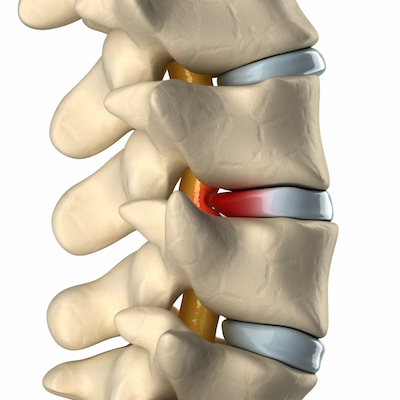 The causes can range from obesity, to accidents, to poor posture. Whatever the cause, we can all agree that the pain that results from a herniated disc can be excruciating.
The causes can range from obesity, to accidents, to poor posture. Whatever the cause, we can all agree that the pain that results from a herniated disc can be excruciating.  What we put into our body has a crucial role in its functionality and the fuel required to meet our needs when well, and when in the healing process.
What we put into our body has a crucial role in its functionality and the fuel required to meet our needs when well, and when in the healing process. 
 There are some common injuries for golfers, the ones we seem to treat the most are:
There are some common injuries for golfers, the ones we seem to treat the most are: Unfortunately, the first thing we recommend to runners with an injury is to stop running to allow your body the time it needs to heal. Most runners have worked hard on their stamina and fear losing it by interrupting their routine. But the truth is, your body needs to heal, and you will quickly rebuild your stamina once you are healed through muscle memory.
Unfortunately, the first thing we recommend to runners with an injury is to stop running to allow your body the time it needs to heal. Most runners have worked hard on their stamina and fear losing it by interrupting their routine. But the truth is, your body needs to heal, and you will quickly rebuild your stamina once you are healed through muscle memory. 
 The movement of leaning or flexing the head forward to use a smartphone directly affects the spine. Tilting your head forward by even just 15 degrees will place over 25 lbs of added pressure on the neck. The more you lean forward with your head to view the smartphone, the more weight is distributed, and the more damage is done. Over time, this is seen in our offices as a repetitive stress/strain injury.
The movement of leaning or flexing the head forward to use a smartphone directly affects the spine. Tilting your head forward by even just 15 degrees will place over 25 lbs of added pressure on the neck. The more you lean forward with your head to view the smartphone, the more weight is distributed, and the more damage is done. Over time, this is seen in our offices as a repetitive stress/strain injury.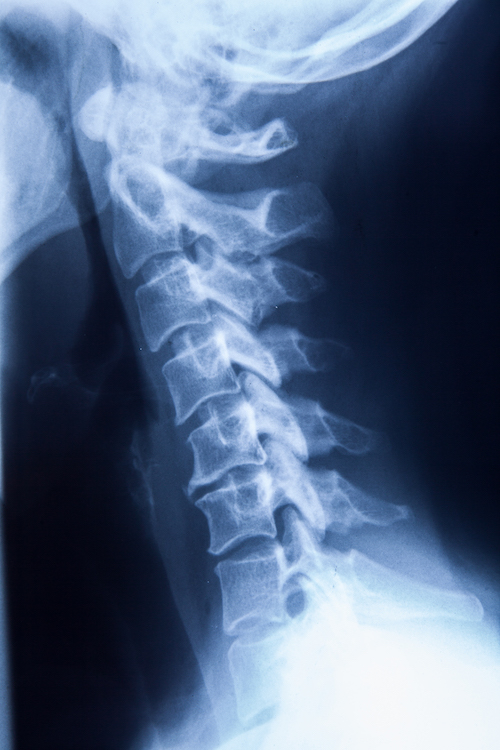 How Can Chiroractic Help?
How Can Chiroractic Help? My advice is to prepare a list of what you plan to tackle that day, and take 3 minutes to stretch the parts of your body you will be most likely to use, including taking special interest in your posture.
My advice is to prepare a list of what you plan to tackle that day, and take 3 minutes to stretch the parts of your body you will be most likely to use, including taking special interest in your posture. 
 If you’re anything like me, you can’t wait to open up all the windows in your home, let the fresh air flow through, and get to cleaning! The long winters can have us feeling unmotivated, and the worst part about it is all the recycled air we breath, along with the cleaners and air fresheners that really do have an impact on our immune systems, our mental wellness, and our muscles. The desperate actions we take to stay warm, and have our homes smelling “fresh” have now impacted us, leaving our bodies feeling weaker.
If you’re anything like me, you can’t wait to open up all the windows in your home, let the fresh air flow through, and get to cleaning! The long winters can have us feeling unmotivated, and the worst part about it is all the recycled air we breath, along with the cleaners and air fresheners that really do have an impact on our immune systems, our mental wellness, and our muscles. The desperate actions we take to stay warm, and have our homes smelling “fresh” have now impacted us, leaving our bodies feeling weaker. 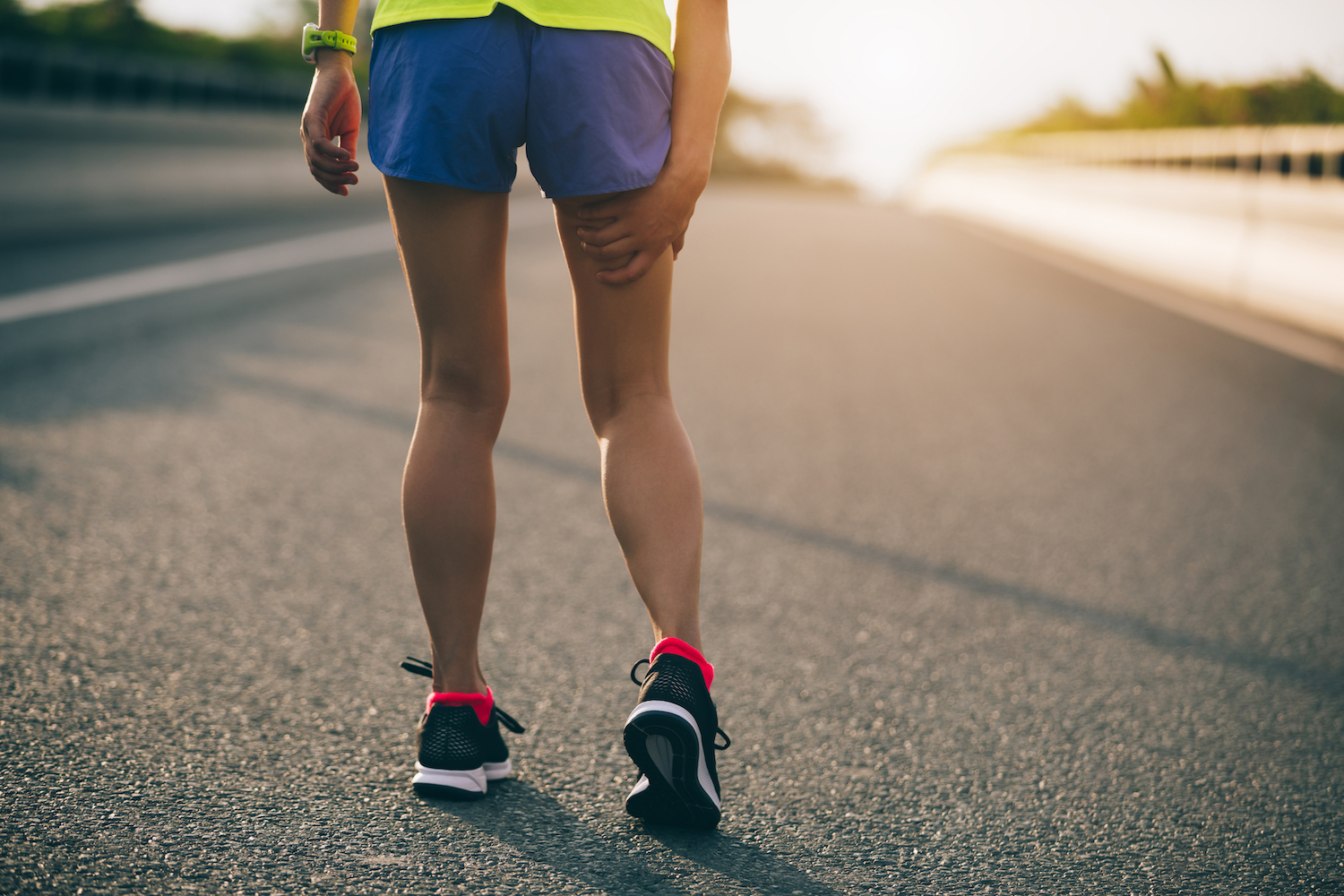 Your goal here was to remain in good physical shape. However, that desire sometimes has to take a back seat to what is really happening with your body. Muscle imbalances happen when structural abnormalities are present. Exercise equipment that isn’t being used correctly can be the culprit. Aging and natural muscle loss is a big one – which goes hand in hand with a weakening core.
Your goal here was to remain in good physical shape. However, that desire sometimes has to take a back seat to what is really happening with your body. Muscle imbalances happen when structural abnormalities are present. Exercise equipment that isn’t being used correctly can be the culprit. Aging and natural muscle loss is a big one – which goes hand in hand with a weakening core. 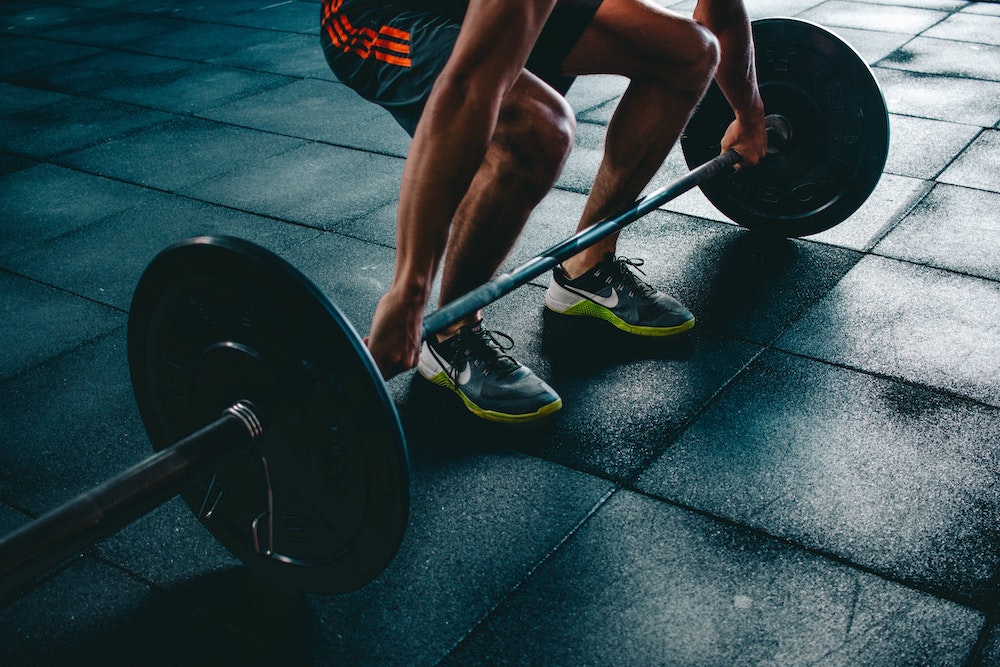 Along with our role in care, we encourage every person to remain physically active. Maintaining a strong physical body will prevent illness, deterioration of muscles and bone mass, and it keeps you feeling happy. There is nothing more important than being able to remain limber and agile, so our lives can be fulfilling.
Along with our role in care, we encourage every person to remain physically active. Maintaining a strong physical body will prevent illness, deterioration of muscles and bone mass, and it keeps you feeling happy. There is nothing more important than being able to remain limber and agile, so our lives can be fulfilling.  Do you love to take a bike ride or swim in the summer? Cardio is a wonderful way to get the exercise you need while having fun doing it. A neighborhood walk each day or a hike at a state park on the weekends is a great chance to move your body while having fun. Biking, swimming, running, and walking are great cardio options that will keep you heart healthy.
Do you love to take a bike ride or swim in the summer? Cardio is a wonderful way to get the exercise you need while having fun doing it. A neighborhood walk each day or a hike at a state park on the weekends is a great chance to move your body while having fun. Biking, swimming, running, and walking are great cardio options that will keep you heart healthy. 

 Instead of constantly bending at the waist, use your legs and squat or lunge! Squat while cleaning the bottoms of windows and mirrors. Squat when cleaning the tub, or picking items up off the floor – just always bend at the knees when having to reach for items. Lunge while vacuuming or weeding the garden – both of which are great for your shoulders and arms as well.
Instead of constantly bending at the waist, use your legs and squat or lunge! Squat while cleaning the bottoms of windows and mirrors. Squat when cleaning the tub, or picking items up off the floor – just always bend at the knees when having to reach for items. Lunge while vacuuming or weeding the garden – both of which are great for your shoulders and arms as well.